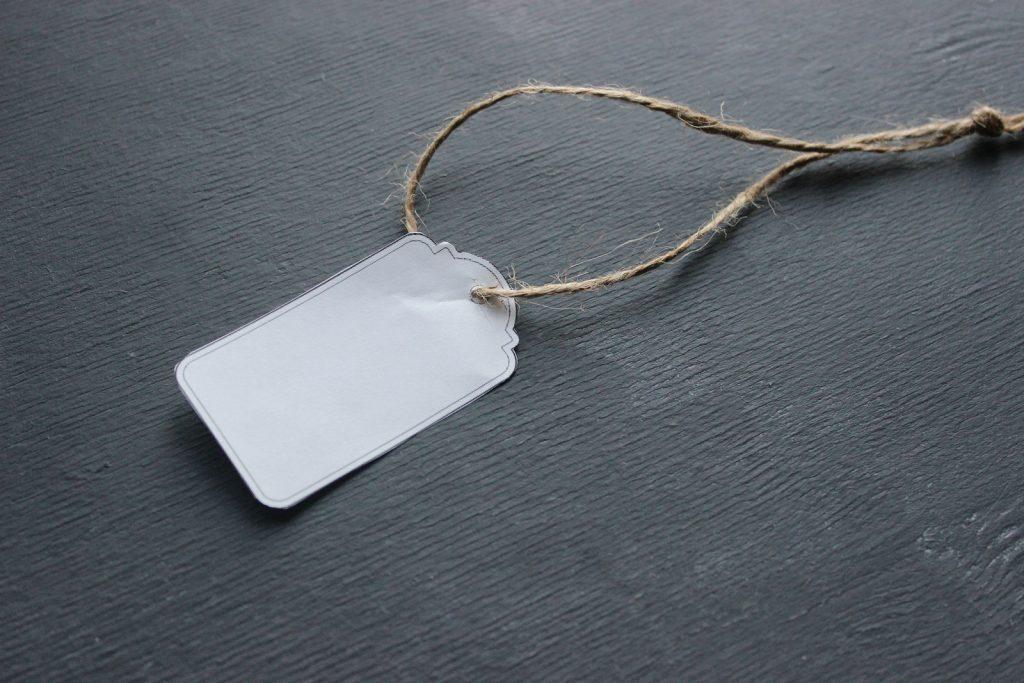For many small business owners, pricing their goods and services correctly can be one of the biggest challenges. You need to balance remaining competitive with making a profit.
Here are four questions that can help you determine the right price for the goods and services you sell.
1. How much does it cost to you?
This seems like a simple question—but it’s not.
- If it’s an item you buy in, could you get it cheaper from somewhere else or buy more to reduce the price? Before you switch suppliers or quantities, though, consider if the delivery times and prices are still acceptable and ensure you won’t be stretching your budget to buy hundreds of an item that moves slowly off your shelves.
- If it’s an item you make, remember that its cost isn’t just the materials that went into it. You also need to factor in the time you spent making it and any equipment, power or consumables used in its creation. Don’t be tempted to take your labour costs out of the equation, even if you enjoy the creation process and only calculate labour costs at minimum wage.
- If it’s a service, you need to think about the costs involved in providing it. The admin, the time spent delivering the service, and again, any equipment, power or consumables used, plus wear and tear. For instance, if you provide aromatherapy massage, there will be the time spent with the client, admin time involved in booking appointments, a proportional cost for maintenance and replacement of equipment, power and water used to wash towels or gowns (and your hands!) and aromatherapy oils.
2. What other costs must you cover?
Whatever goods and services you sell, bear in mind that the profit from them must cover all the expenses of their business, while still making you and the business money.
They include certifications, membership of trade or regulatory bodies, business and public liability insurance, rent, replacing and updating equipment, and the cost of keeping the phone ringing, the water running, and the internet, heating and lights on! And what about the costs involved in advertising and promoting your business?
These costs need to be borne in mind when you’re setting your prices.
3. What are your competitors charging?
How much are customers paying for similar services or goods when they go to your competitors? If your prices are higher, don’t immediately presume you need to lower them.
Consider the quality of what you’re offering, along with your experience, qualifications, awards, trade memberships, customer care, delivery options offered and the atmosphere and décor of your premises. Customers will pay more for a better or easier experience.
However, it’s important to remain competitive, so make sure you don’t price your business out of the market.
4. How popular is the product?
If a product flies off the shelves day in, day out, or a service is very popular, you may be able to afford to put it on promotion or lower your profit margin on it. If it’s a product that sits on the shelf for a while, you need to make sure that you make a decent profit on it when it sells (and only keep it in stock if it’s something that must be available to your customers to meet their expectations of your type of shop or service provider).
Compensate for small profit margins on things you’re obliged to sell or offer by raising the prices a little on your higher earners.
Finally, once you’ve set your prices, don’t just ignore them. Set time aside to regularly monitor:
- What’s selling and what isn’t
- Any changes in the costs to you or the cost of delivering to your customers
- Business expenses
- Competitors’ prices
- Inflation and minimum wage increases
Already launched your business and set your prices? Use these four questions as a checklist to ensure you’re charging the right prices for your products and services—and don’t be afraid to drop products or services that aren’t making you a profit, unless they’re essential as part of your offering.
Is there anything we’ve missed? What’s your primary consideration when pricing your goods or services? Please share your thoughts.





Leave a Reply